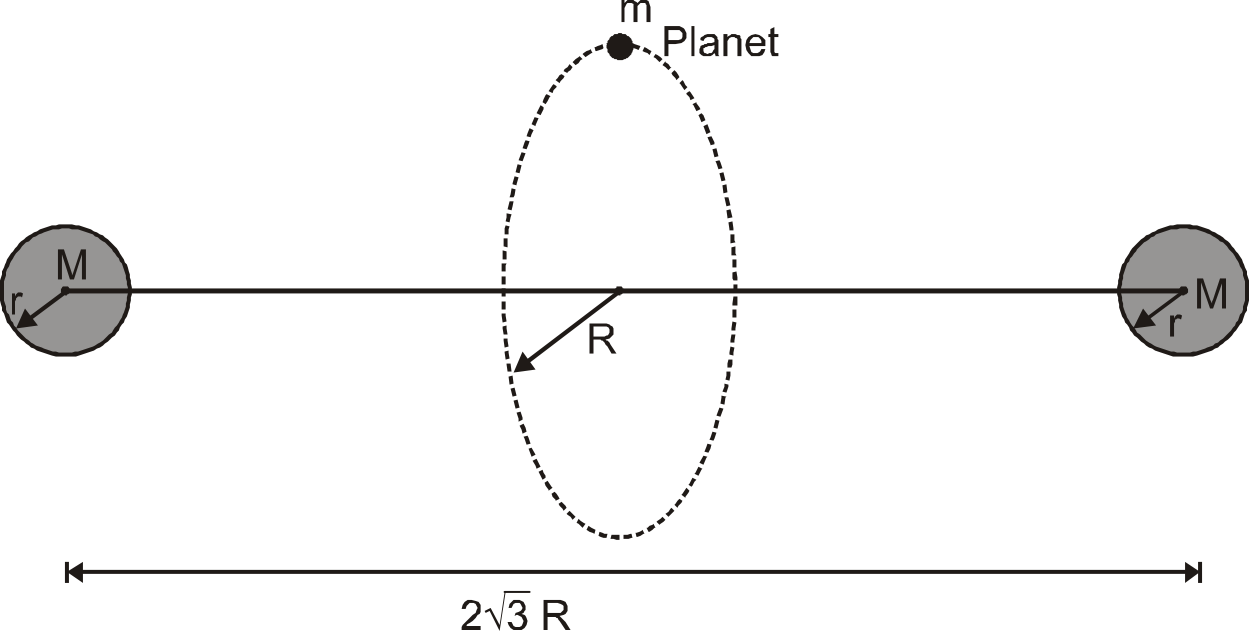The whole genome of Escherichia coli have _____ bp which is replication within_____ minutes
6.6x106,20
4.6x109,33
4.6x106,38
6.6x109,40
The correct Answer is:C
To answer the question regarding the whole genome of Escherichia coli, we will break down the information step by step.
1. Understanding the Genome Size of E. coli:
- The genome of Escherichia coli consists of approximately 4.6 million base pairs (bp). This is a well-established fact in microbiology and genetics.
2. Identifying the Time for Replication:
- The replication of the E. coli genome takes approximately 38 to 40 minutes. This duration is based on extensive studies of DNA replication in this bacterium.
3. Filling in the Blanks:
- Based on the above information, we can fill in the blanks in the question:
- The whole genome of Escherichia coli has 4.6 x 10^6 bp.
- The replication occurs within 38 minutes (or approximately 40 minutes).
4. Final Answer:
- The complete answer is: The whole genome of Escherichia coli has 4.6 x 10^6 bp which replicates within 38 minutes.
- The genome of Escherichia coli consists of approximately 4.6 million base pairs (bp). This is a well-established fact in microbiology and genetics.
- The replication of the E. coli genome takes approximately 38 to 40 minutes. This duration is based on extensive studies of DNA replication in this bacterium.
- Based on the above information, we can fill in the blanks in the question:
- The whole genome of Escherichia coli has 4.6 x 10^6 bp.
- The replication occurs within 38 minutes (or approximately 40 minutes).
- The complete answer is: The whole genome of Escherichia coli has 4.6 x 10^6 bp which replicates within 38 minutes.
Topper's Solved these Questions
Similar Questions
E.coli has only 4.6 × 10 6 base pairs and completes the process of replication within 18 minutes, then the average rate of polymerisation is approximately- (1) 2000 base pairs/second (2) 3000 base pairs/second (3) 4000 base pairs/second (4) 1000 base pairs/second
View SolutionAssertion : Caecum is a small blind sac which hosts some symbiotic microorganisms.
Reason: Escherichia coli in return produces vitamin b12 vitamin K, thiamine and riboflavin.
View SolutionThe most serious water pollutants are the disease causing agents called pathogens. Which of the following statements is/are true ?
I. Pathogens include bacteria and other organisms that enter water from domestic sewage and animal excreta.
II. Human excreta contain bacteria such as Escherichia coli and Streptococcus faecalis which cause gastrointestinal diseases.
View SolutionHow can pollen grains of wheat and rice which tend to lose viability within 30 minutes of their release be made available months later for bredding programmes ?
View SolutionIn which of the following will you look for Escherichia coli
View SolutionWhich one is correct answer for plasmid
(i) It can be readily isolated from cells
(ii) It possesses a single recognition site for one restriction enzyme
(iii) It should have high molecular weight
(iv) Plasmids and bacteriophages have the ability to replicate within bacteria
View SolutionHimgiri variety which is resistant to hill bunt disease belongs to taxon in which pollen grains lose viability within 10 minutes of their release. The taxon belongs to
View SolutionConsider a hypothetical solar system, which has two identical massive suns each of mass M and radius r, seperated by a seperation of 2√3R (centre to centre). (R gtgtgtr). These suns are always at rest. There is only one planet in this solar system having mass m. This planet is revolving in circular orbit of radius R such that centre of the orbit lies at the mid point of the line joining the centres of the sun and plane of the orbit is perpendicular to the line joining the centres of the sun. Whole situation is shown in the figure.

View SolutionA wheel having moment of inertia 2kgm2 about its vertical axis, rotates at the rate of 60r± about this axis. The torque which can stop the wheel's rotation in one minute would be
View SolutionA wheel having moment of inertia 2kg-m2 about its vertical axis, rotates at the rate of 60 rpm about this axis. The torque which can stop the wheel's rotation in one minute would be
View Solution
